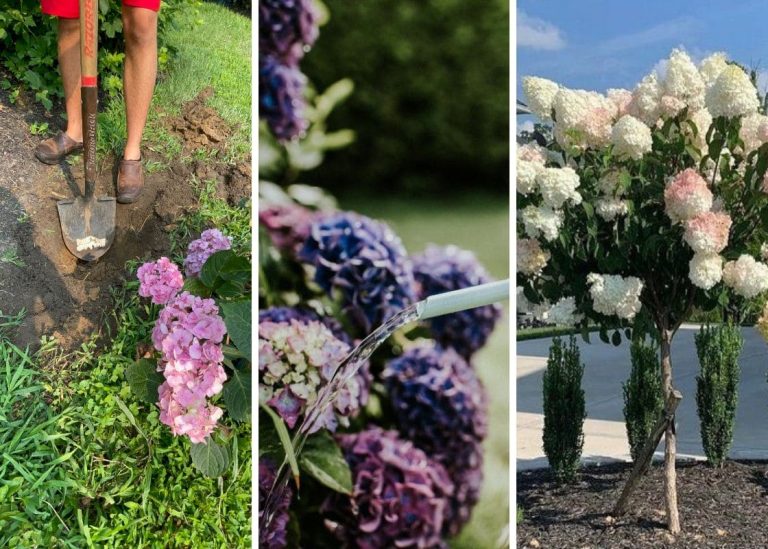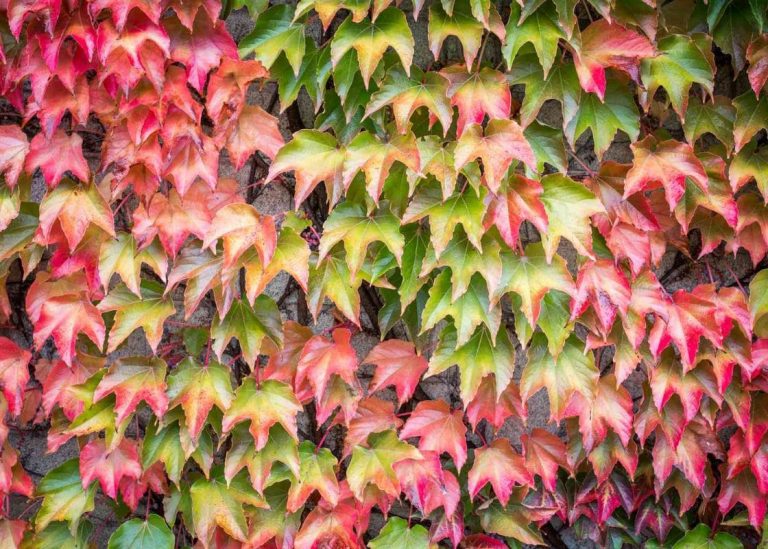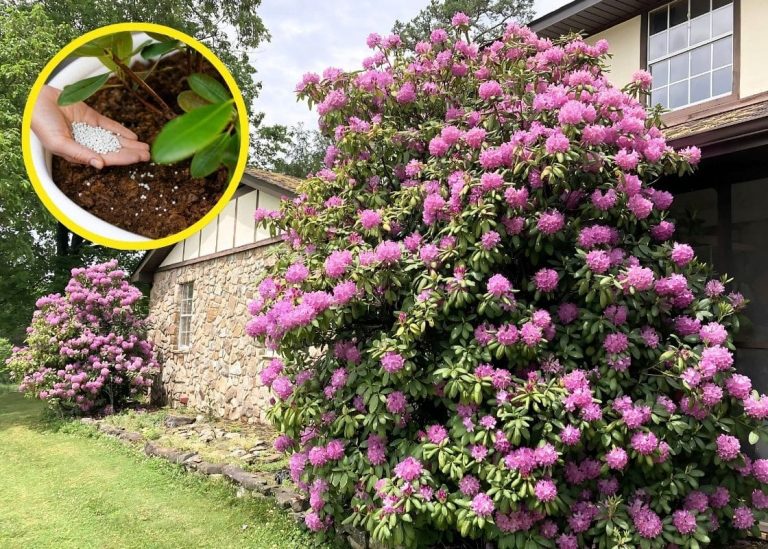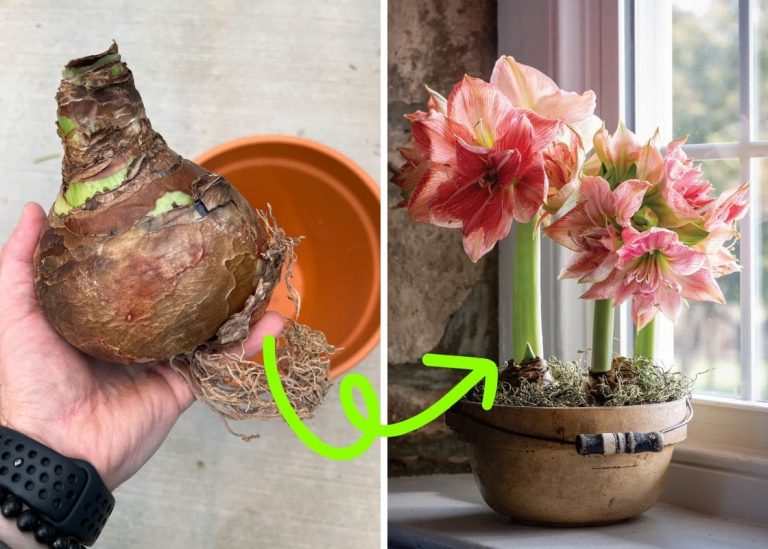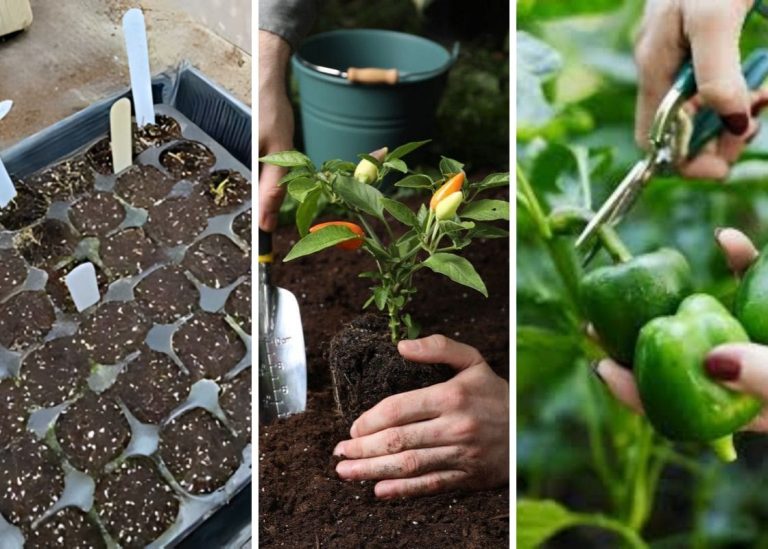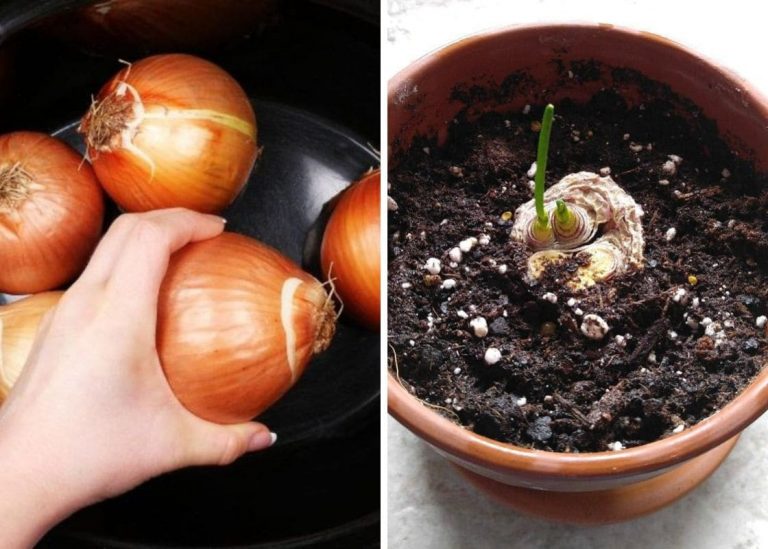Full Guide on Growing Coleus From Seeds For Vibrant Foliage
The first time I truly noticed a coleus, it wasn’t in a fancy botanical garden or a glossy catalog. It was in a chipped terracotta pot sitting on the edge of my neighbor Gina’s porch. The leaves looked like someone had dipped them in a watercolor palette—deep purples bordered in lime green, with soft, velvety textures that caught the morning light just right.
I asked her what it was, expecting a complicated name and even more complicated care routine. Instead, she smiled and said, “Oh, coleus? You should grow some. They’re easier than they look.” What I love most about coleus is how generous they are. You give them a little sun, a little shade, and a sip of water, and in return, they give you color—tons of it.
In this guide, I’ll walk you through everything I’ve learned (and a few helpful tricks I’ve picked up from other gardeners too).
1. Choosing the Right Variety
Coleus comes in a dazzling array of varieties, each with unique leaf patterns and colors. Some thrive in deep shade, while others tolerate sun.
For beginners, I recommend the ‘Wizard Mix,’ which is both resilient and eye-catching. If you’re aiming for bold statements, ‘Kong Mosaic’ offers oversized leaves with vibrant patterns.

2. Preparing the Soil
Coleus thrives in rich, well-drained soil. Start by choosing a location or container with soil that holds moisture but doesn’t get waterlogged.
I always mix organic compost into my planting area to improve drainage and boost nutrients. A slightly acidic to neutral pH (6.0–7.0) is ideal.
3. Planting Coleus from Seeds
Begin 6–8 weeks before your area’s last frost date. Use fresh, high-quality seeds from a reliable source then you lightly scatter the seeds over the surface of the moist soil.
Next, you place the trays in a warm spot with bright, indirect light. A temperature of 70–75°F (21–24°C) is ideal for germination.
In 10–14 days, you’ll notice tiny sprouts emerging. Remove the cover once seedlings appear and move them to a brighter location, avoiding direct sunlight.
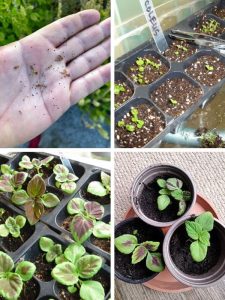
4. Sunlight and Placement
Coleus thrives in dappled light or partial shade, though some newer varieties tolerate full sun.
Too much direct sunlight can scorch the leaves, while excessive shade may dull their vibrant colors. Indoors, place coleus near an east-facing window for optimal light.
5. Watering and Moisture
Coleus plants love consistent moisture. Water them deeply, allowing the top inch of soil to dry slightly between watering.
I’ve found that mulching around outdoor plants helps retain moisture during hot weather, reducing the need for frequent watering.
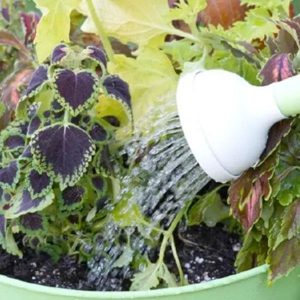
6. Fertilizing for Vibrance
Feed coleus with a balanced, water-soluble fertilizer every 4–6 weeks during the growing season.
You should dilute the fertilizer to half strength to avoid overfeeding, which can cause weak stems and dull leaf colors.
7. Pruning and Maintenance
To encourage bushier growth, pinch back the growing tips regularly. If flowers appear, I recommend removing them immediately letting them bloom often detracts from the plant’s foliage.
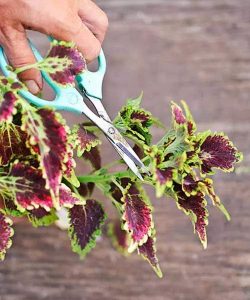
8. Common Challenges
Aphids, whiteflies, and spider mites can be a problem to your coleus. A spray of neem oil diluted in water works wonders for controlling infestations.
If stems become long and spindly, the plant may need more light or regular pinching. Besides, you should ensure proper drainage and let the soil dry slightly between watering.
Final Thoughts
Growing coleus from seed is like bottling joy and color into your garden with the tiniest effort. You don’t need fancy tools or complicated setups—just patience, a bit of care, and a love for bold, leafy beauty.
So go ahead—scatter those seeds, mist them gently, and watch what happens. And if your coleus ends up climbing out of pots and dancing in every shady corner like mine often do? That’s just them saying thank you.

